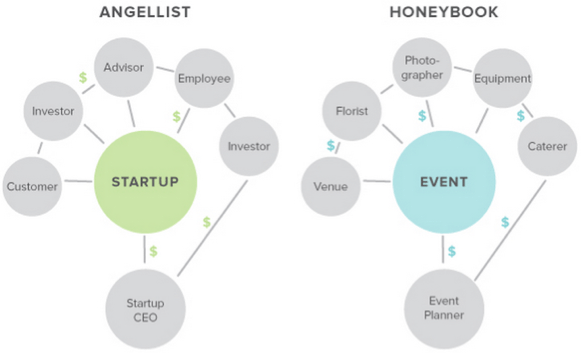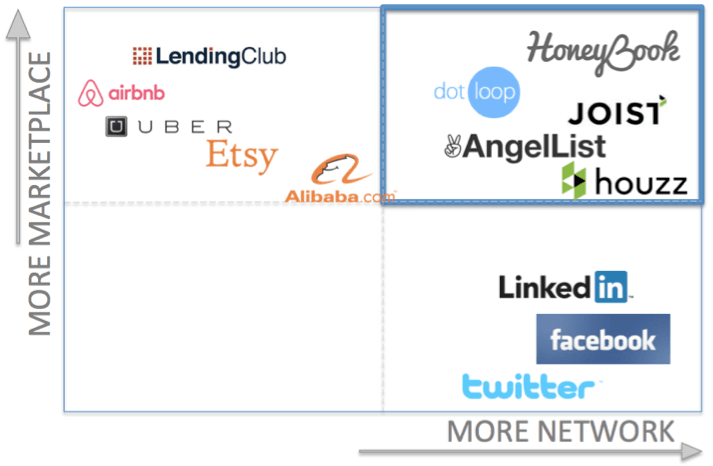Ao longo da minha evolução profissional, que de certa forma se vai espelhando neste blogue, passei de clientes para clientes-alvo.
.
Assim, comecei a trabalhar o conceito de proposta de valor num sentido que me levou, na prática, ao que Michael Lanning publicou em 1998 e que só li no ano passado:
.
"The
combination of resulting experiences, including price, which an organization delivers to a
group of intended customers in some time frame, in return for those customers buying/using and otherwise doing what the organization wants rather than taking some competing alternative.”
.
De clientes-alvo, com esta
empresa, apercebi-me, encontrei-me numa situação em que o cliente-alvo não é o alvo das experiências a co-criar... fizemos o by-pass aos clientes-alvo, trabalhando com prescritores, com reguladores, com ... ou seja, de clientes-alvo passei cadeia da procura, rede da procura.
.
Entretanto, com os nórdicos, Gronroos, Storbacka e Gummesson, os conceitos de balanced centricity e many-to-many entraram no meu modelo mental.
.
Desta forma fica mais complicado definir o que é a proposta de valor de uma empresa inserida numa cadeia da procura, inserida numa rede de many-to-many... não é só para um grupo de "intended customers" (o grupo de italianos que ontem, às 18h30 saíram de metro do aeroporto para a cidade do Porto são clientes-alvo do metro, são clientes-alvo do hotel onde ficaram hospedados... mas como foi feita a ligação comercial hotel-turista? E se o turista gosta do hotel mas detesta a cidade? E se o turista gosta do hotel e da cidade mas receia pela sua segurança? E se o turista gosta do hotel e da cidade, não tem receios de segurança mas apanha uma intoxicação alimentar...
.
Assim, foi mais uma peça do puzzle vivo que vai criando, alterando, mexendo, enriquecendo o meu modelo mental que encontrei neste artigo "The new meaning of customer value: a systemic perspective" de Mikko Pynnonen, Paavo Ritala e Jukka Hallikas (não é por acaso que estes temas são tratados por nórdicos... sobretudo finlandeses), publicado pelo Journal of Business Strategy VOL. 32 NO. 1 2011.
.
"In a nutshell,
the systemic nature of customer value reflects the fact that the value delivered (
Moi ici "Value delivered"? Isso não se admite num artigo publicado em 2011... value co-created)
to the customer is dependent on more than one attribute, and possibly on more than one firm. This means that companies operating in the world of systemic value find it hard to succeed with the help of traditional management theories and methods. This is where the systems-thinking perspective on customer value creation could offer valuable and insightful ideas and tools for management."
...
"Traditionally, firms have sought to make profits from transactions. However, some firms realize that not all transactions have to generate money directly because in the world of systemic value,
giving something for free enables even bigger profits somewhere else in the network." (
Moi ici: Novo? Não, é aprender com a indústria farmacêutica e trabalhar os prescritores, por exemplo)
.
Nunca esquecer aquela frase:
.
NUNCA!
Nunca é tarde para aprender!
.
.
.
Às vezes é demasiado cedo!!!
.
Às vezes não temos estrutura mental, experiência de vida, vocabulário para perceber o que estamos a ver, ou a ler, ou ouvir, ou a sentir.








%2006.21.jpeg)












